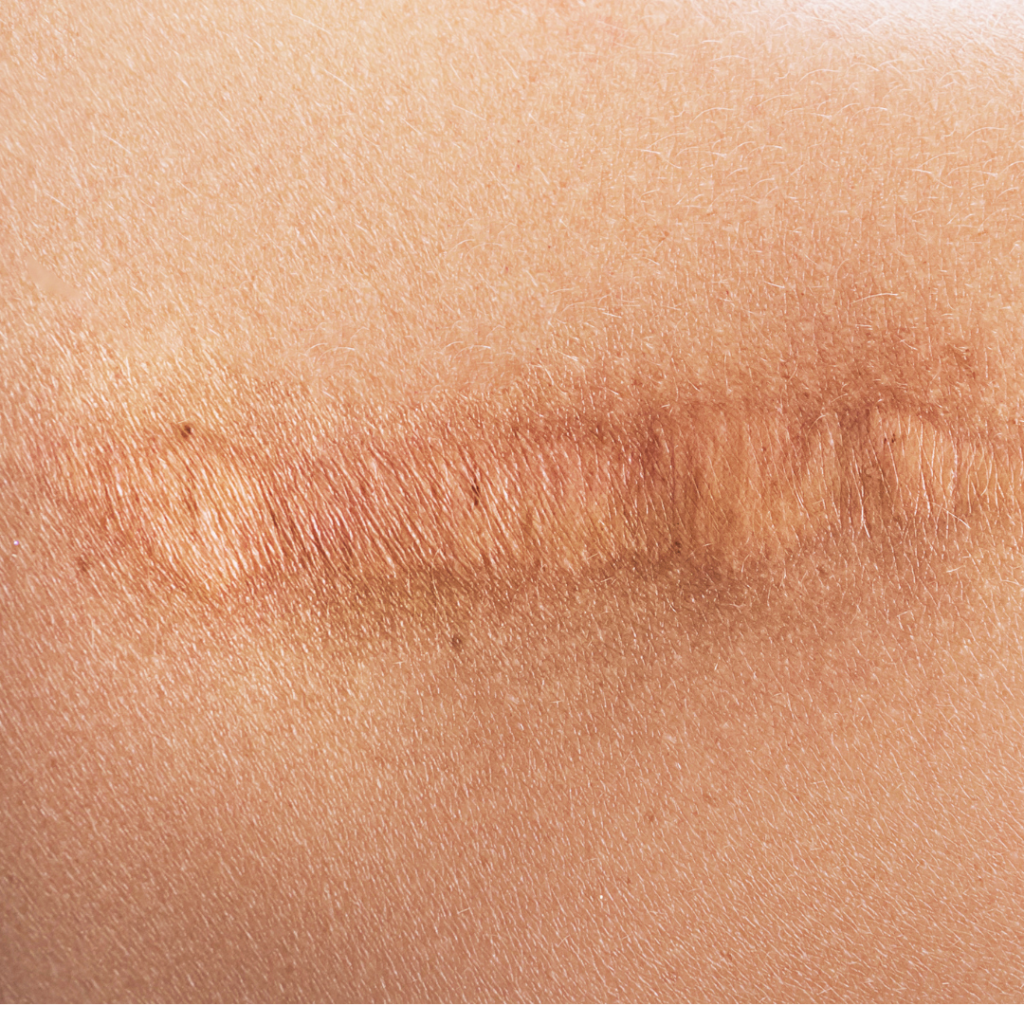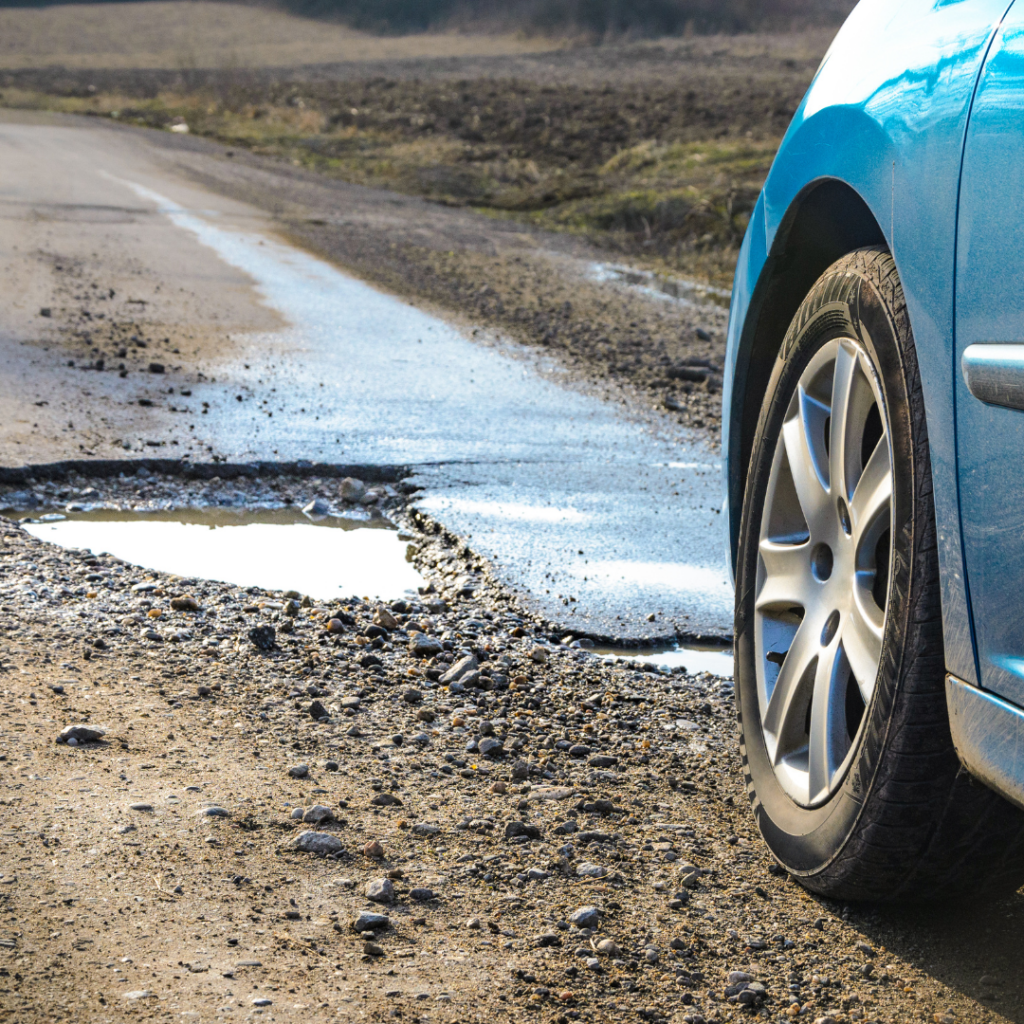The excitement of Christmas shopping should bring joy, not anxiety. Yet, for many parents and caregivers, navigating the aisles—or shopping online—can be a minefield of safety concerns. Are the toys truly safe? Do they meet regulatory standards? How do you avoid buying a gift that could harm instead of delight?
Every parent wants the best for their child. But when product recalls and safety warnings dominate consumer news, it’s time to look at safe gifting with a more critical eye.
What many fail to realise is that safety goes beyond checking age labels. From compliance with CE marking directives to understanding the risks of defective products, awareness is your most powerful tool. This guide will arm you with insights and strategies to make informed purchases this season.
The Crucial Importance of CE Marking
If you’re buying a product in Europe, look for the CE mark—it’s more than just a symbol; it’s a safeguard. CE marking indicates that a product complies with the essential safety, health, and environmental requirements set out by EU directives.
For toys and children’s products, the Toy Safety Directive is a key one to note. It ensures products meet strict chemical, flammability, and physical property standards. However, it’s worth mentioning that compliance isn’t the only measure of safety. A toy can meet CE standards yet still pose risks if used incorrectly or without adequate supervision.
For instance, even “benign” toys like foam floor puzzles may have risks if not monitored properly. Knowing the directives behind the CE marking equips you to identify red flags in products that seem harmless.
Top Christmas Gifting Hazards
A recurring issue for Irish consumers is the volume of product recalls every year. According to the CCPC (Competition and Consumer Protection Commission), toys, electronic gadgets, and baby accessories top the list of unsafe items.
Some recent recalls include baby dummies, magnetic fishing games, and stuffed toys with small detachable parts—all products marketed as kid-friendly. Understanding these risks is essential when shopping for gifts. Check the CCPC website regularly for updated recall information to avoid purchasing a hazardous product.
One common example is toys with magnets or button batteries, which can pose severe swallowing hazards. Whether you’re shopping online or in-store, ensuring robust safety certification is non-negotiable.
What Should Concerned Parents Look For?
1. Harmonised Standards
EU harmonised standards, detailed by the European Union’s official resource, ensure safety levels are consistent across member states. Products that comply with these standards reflect higher levels of scrutiny. Look for references in product descriptions or packaging.
2. Clear Labels and Age Guidelines
Age recommendations aren’t just suggestions; they’re crucial safety guidelines. Toys and products for children under three must be free from small parts to prevent choking hazards. If a label is ambiguous or fails to contain safety information, don’t purchase the product—it’s not worth the risk.
3. Durability and Design Risks
A poorly designed product, even if legally compliant, can still be risky. For example, toys with detachable parts, sharp edges, or flammable materials are potential hazards. Always inspect the product yourself for any red flags that may not have been reported.
4. Reliable Retailers
Online marketplaces like Amazon and AliExpress may have enticing deals. But beware of questionable third-party sellers who may bypass compliance checks. Opt for trusted retailers who openly address product safety in their descriptions.
What to Do If a Product is Defective
Have you purchased a product that didn’t meet safety expectations—or worse, caused harm? You’re not alone. Defective products can result in injuries ranging from small cuts to serious incidents.
Under the Liability for Defective Products Act 1991, Irish consumers are entitled to seek compensation for damage caused by faulty goods. Common defects include poor design, manufacturing flaws, and insufficient safety information. If you’ve experienced an injury, contacting legal experts to address your claim is critical. HOMS Assist provides expert legal guidance to protect your rights.
Steps to Take if You Suspect a Product’s Faulty Design:
- Report It Immediately – Notify the retailer or manufacturer.
- Consult Recall Lists – Check if the product has already been flagged for issues via the CCPC.
- Retain Evidence – Save proof of purchase, retain packaging, and document your case, including any injuries caused.
- Seek Advice – Consult a solicitor or relevant authority for the next course of action.
A Safer Way Forward
Buying gifts for your loved ones should be an experience of joy—not stress. Knowledge about CE compliance, harmonised standards, and product recalls ensures that you’re buying safe, durable products.
Remember, your vigilance today keeps loved ones safe tomorrow.
Contact us for expert advice on product safety and legal assistance if you suspect a defective gift. Together, we can make this season both delightful and safe.









